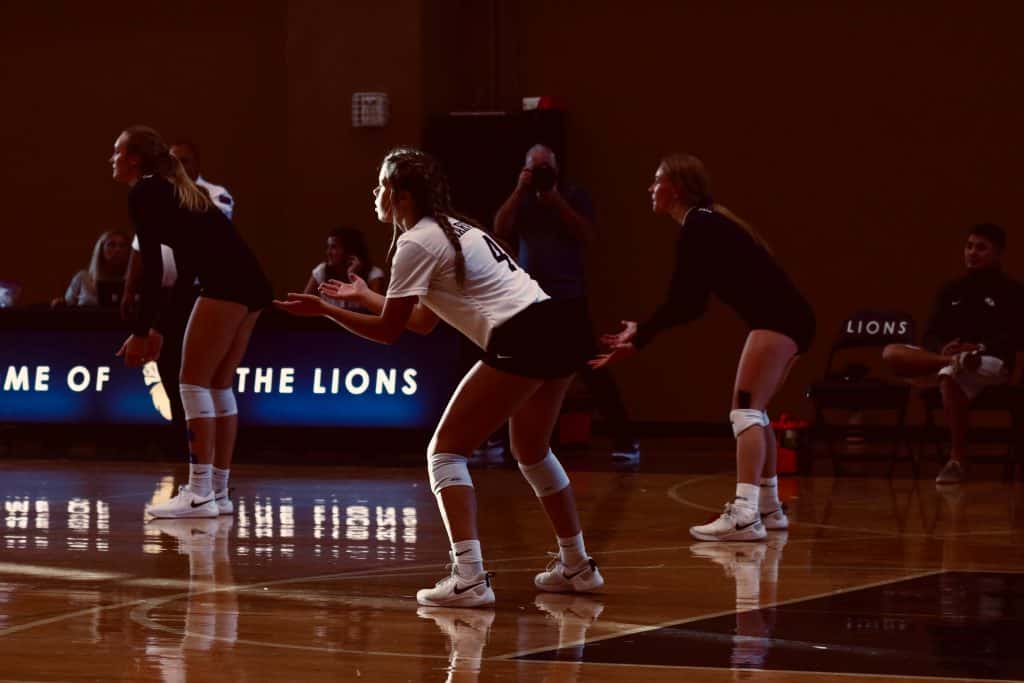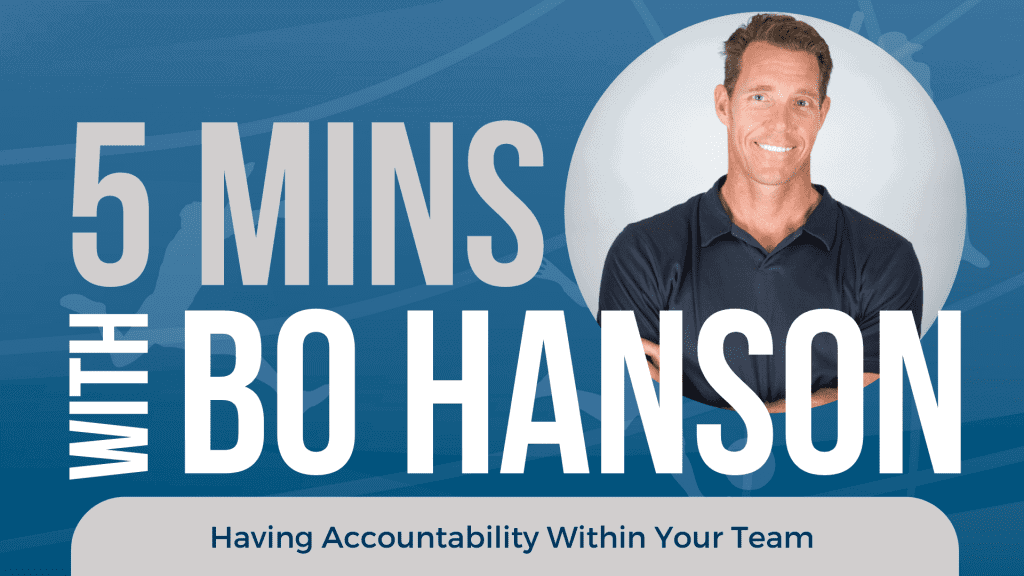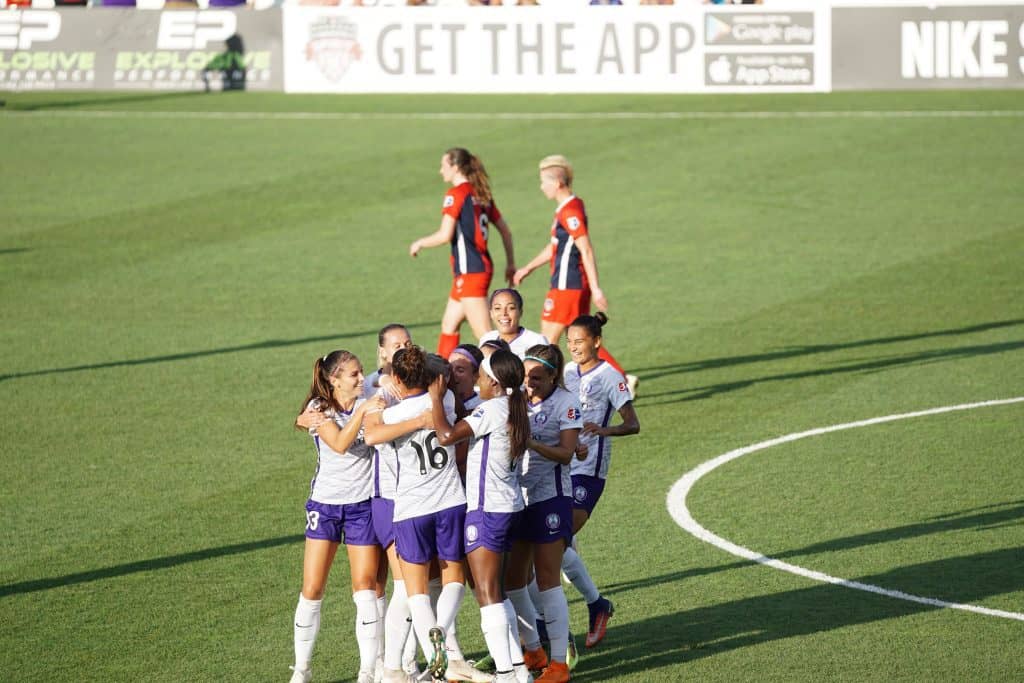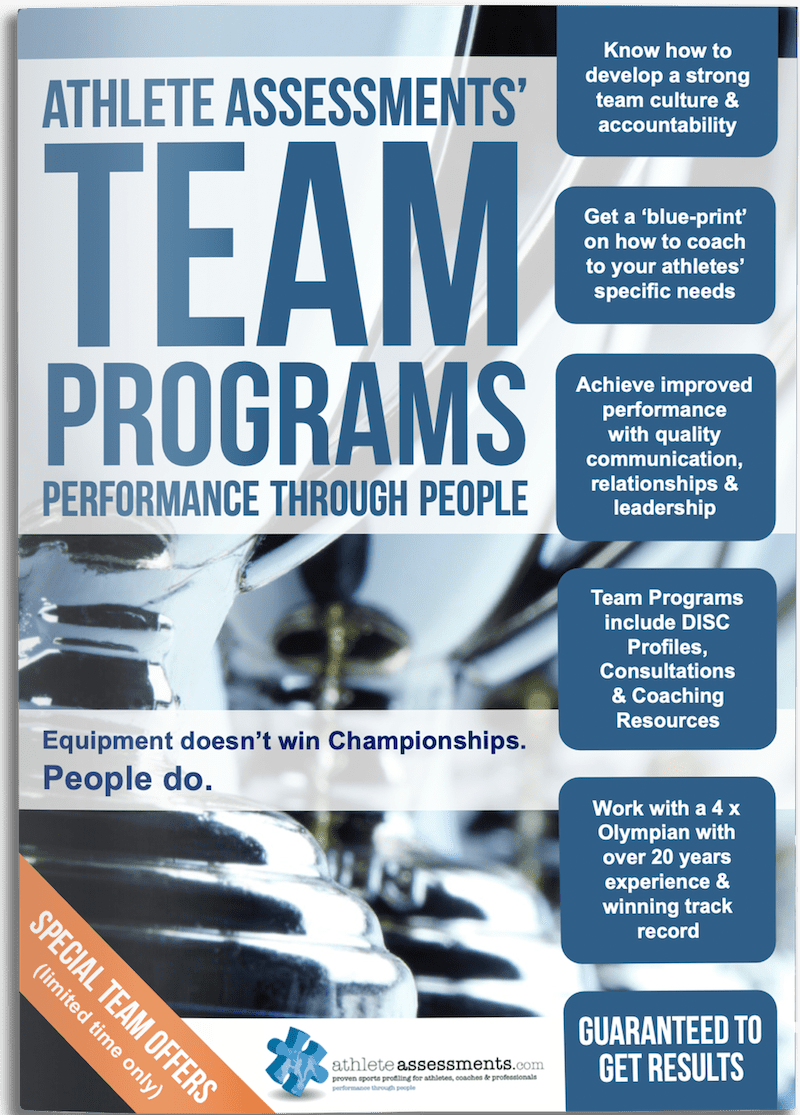Losing athletes from a team or program is a problem often faced and is not isolated to underperforming teams. There is a long and varied list of reasons why athletes may involuntarily leave a program, including competing commitments, relocation, or injury. However, if the situation stems from voluntary reasons, such as a lack of alignment with team goals and values, incompatibilities between players or with their coach, conflict, tension, or even boredom, there are consistent strategies that can be used to evaluate, mitigate, and even prevent these circumstances.
Before an athlete transfers out of a program, there are often tell-tale signs that reflect their state of mind and the possibility of their intentions. It is rare that engaged, content, and well-connected athletes leave a program. Moving on is usually a process with a timeline, that gives us opportunities for intervention, if we can identify the signs.
Ultimately, reading the signs and intervening early may result in renewed commitment. An athlete leaving a program is not always an inevitable outcome.
5 signs an athlete is looking to transfer out of a program and what coaches can ask themselves in the situation
1. They’re not at practice
Whether practice means sessions twice daily, or twice a week with the team, the reasons for practice are the same at every level. At practice, teams form bonds, undertake drills, and find opportunities for development, that ultimately bring them closer to season or game goals. From reflecting, to practicing technique, talking strategy, and most importantly, talking to each other, athlete-to-athlete, and athlete-to-coach. Practice builds vital connections within a team.
Finding a solution for the situation
If an athlete didn’t turn up to practice, as a first step we need to know why. Of course, it is possible to ask one of the other players, or check in with the leadership group, but this is also an opportunity to reach out to the athlete and open a direct conversation – it might not get to the bottom of the problem straight away but will likely lead to it. Opening this line of communication can also reaffirm a coach’s care for their athlete and the relationship they have. Research presented at the World Class Performance Conference in London 2015, found that the top-level athletes of a sport, Superelites (athletes who have won multiple medals at the Olympic level), have a relationship with their coach that transcends the X’s and O’s of just their sport. Superelites report that their coaches care about them outside the competition arena.
Coach-athlete relationships are one of the primary reasons athletes remain loyal to programs, enjoy their sport, and perform better (we’ve written about this in depth and the research confirming this fact is compelling).
Useful questions for coaches to ask themselves
- What is the state of your coach-athlete relationship?
- What is the athlete’s role in the team dynamic?
- How is the athlete balancing their other commitments?
2. They’re unsatisfied
Changes to an athlete’s attitude, such as vocal complaints or dissatisfaction, may be a sign they are looking to leave. Naturally, there is a difference between constructive complaints or dissatisfaction with performance, which usually reflect untargeted unhappiness or wanting better for the team, and often facilitate the start of a “let’s fix this” conversation. But if an athlete is showing distain or a level of apathy towards the team’s environment, training drills, processes, or people, it may be a warning sign they are unhappy and may be considering other options.
Finding a solution for the situation
Effectively addressing an athlete’s dissatisfaction has to start with understanding who they are. Pages 6-8 of Athlete Assessments’ DISC Profiles summarize the profiled athlete’s preferred behaviors; the pace they like to operate at, how they choose to receive their information, their wants, motivations, and strengths. When it comes to unravelling issues around why an athlete may be dissatisfied, these are invaluable insights.
For example, if the athlete was a high ‘I’, they would thrive in environments that allow them to be creative and spontaneous on and off the court or field, typically they bring the ‘fun factor’. Changes to factors or limiting their ability to do this, would impact this style and could result in dissatisfaction.
In addition to consulting the athlete’s DISC Profile for clues, a side conversation, between the troubled player and a member of the leadership group they typically connect with, could be a good way to shed light on the situation and air any genuine concerns. Importantly, this approach stops negative perspectives spreading throughout the program.
Useful questions for coaches to ask themselves
- What is normal behavior for this athlete?
- Do the changes in their attitude coincide with any changes in the program, playing style, or the way things are happening on a day-to-day basis?
3. They’re disengaged
We often talk about engagement as being a measure of how ‘into’ a program an athlete is. Or, whether the athlete believes their team represents their values, and in turn whether they reflect what the team stands for. When an athlete’s interest in meeting team goals or living its values fades, it could be an indicator they’ve checked out.
When speaking with high-level coaches about cultures that serve them, we found that engagement was unanimously nominated as a characteristic feature of those cultures.
Reflecting on his role as Director and Lead Consultant of Athlete Assessments, Bo Hanson’s article on the importance of culture as a performance factor, discusses how to create the right sports team culture and achieve sustainable success.
Finding a solution for the situation
An athlete who is disengaged is often ‘out of the loop’ about team tactics, or even the logistics of game day. They will be slow to respond to the dynamic situations both on and off the field or court that happen at practice and during competition. They often lack knowledge of drill order or structure, and the schedule for the day.
Useful questions for coaches to ask themselves
- Is engagement part of the team’s culture?
- Are we allowing time at the start of practice for athletes to check-in with one another and connect?
- When was the last time we revisited our values as a team?
- How involved was the team in setting the standards and values we live by and will lead us to our end goal?
It is important to remember that disengagement often leads to dissatisfaction. It is also worth revisiting the athlete’s DISC Profile to make sure their disengagement is not a reflection of a potential clash between their natural style and the way we are coaching or communicating with them.
4. They stop communicating
One-sided communication is hindering and non-functional, especially in sport when communication is the foundation of everything we do. Whether it be behaving in a highly withdrawn manner or demonstrating a lack of listening when communicating with others, if you notice an athlete being non-communicative in a team environment, at practice, or when competing, it’s time to act!
Finding a solution for the situation
When unravelling communication glitches, we often only get a few attempts to fix it, if any at all. So, it’s imperative we get our approach right the first time. An athlete’s DISC Profile will tell you the details of their preferred style; including pace and communication tendencies. Below is a short summary of each style, as according to the DISC Model.
- Dominance: faster-paced, direct, to the point
- Influence: faster-paced, fun, spontaneous, adds energy
- Steadiness: slower-paced, relationship--orientated, patient
- Conscientious: slower-paced, values detail, follows the rules
When approaching a conversation with any DISC style, it is also important to know our own communication preferences, so we can decide if our natural approach is going to give us the best outcome in the situation. If not, we may need to slightly alter our delivery or content to adapt to the preferences of the person on the receiving end. In a sporting environment, the most effective adaptations we can make accommodate the athlete’s preferred pace and the way they best receive information. For example, if we are a high ‘C’ in our own profile, and our athlete is a high ‘D’ we will likely need to quicken our pace and give them a synthesized version of our message – purely the facts.
Useful questions for coaches to ask themselves
- How does the athlete prefer to be communicated with?
- How are their preferences similar or different to my own?
- What is the most common style of the people around them?
5. They stop aiming to please
Changes to an athlete’s desire to produce high standards of performance, or please their teammates and coaches, is often a sign of withdrawal. Generally, athletes are motivated to improve, and are dedicated to bettering their performance and contribution to the team. If there is a decline in these behaviors, there is likely a problem negatively impacting the athlete and their connection to the team’s culture.
Finding a solution for the situation
Again, a side conversation between the athlete and a member of the leadership group may be the best approach to this scenario. These conversations should revolve around checking in with the athlete first, then if appropriate, reminding of the team’s agreed upon values, behaviors, and standards, and the importance of maintaining them for performance.
We recently hosted a webinar on ‘Getting Your Athletes to Lead from Within’; the perspectives shared by guest panelists, Julie Darty Dennis and Brian Townsend were incredibly insightful and inspiring.
Useful questions for coaches to ask themselves
- Are you expecting too much of your athletes?
Sometimes if goals are set too high, they can appear unachievable and have a demotivating effect. Ensure that goals are broken down into specific, attainable points, and there is a clear link between the short-term goals and your overall or long-term goal. It’s also important to involve athletes in the goal setting process to ensure they hold a sense of ownership and accountability to the goals and each other. We use the GRIP Model as a foundation for building and maintaining an effective team culture.
What should a coach do when they notice an athlete pulling away?
Over the course of our many conversations about culture with coaches, we have queried what action they take when an athlete appears to be stepping away from a team or program. One coach noted their strategy with athletes in this kind of situation is always to “throw their arms around them and bring them back into the team.” This will look different in every program, but often highlighting the importance of ‘standing together to achieve together’ will empower the athletes and team to lean into one another.
Does this strategy always work?
Often when the team culture is strong, but in the case where it may not, the coaching team and leadership group can acknowledge their persistence in working to provide the athlete every opportunity for success within their team or program.
Turning a situation around is not only rewarding but can also be revealing. These circumstances provide us with an opportunity to ask questions and dig deeper to uncover a situation before it develops. Alternatively, we may get the opportunity to extend our skills and adapt in ways we haven’t previously, to connect with an athlete that may result in a stronger relationship. Often effort to communicate, adapt, or understand someone else’s behavior is rewarded with a positive result, even if the content of the message does not quite hit the intended mark.
So, while it’s not always possible stop an athlete from transitioning out of program, particularly in college programs where transfers are almost common practice, there are ways to prevent it from happening unnecessarily. Understanding the individuality of the athletes within our programs, is a great first step to building the critical relationships and culture that see individuals and teams thrive.
Where to from here?
An athlete’s departure from a program may create a gap in team structure and dynamic, where a reevaluation of resources is needed. The Athlete Assessments DISC Profiles are an investment for your people, providing the ability to develop effective self-awareness skills and enhance the importance of being uniquely valued.
If we can help you achieve your best results, reach out and contact us!
Recommended Articles
Founder of Athlete Assessments, Bo Hanson, sits down with Mississippi State Volleyball Head Coach, Julie Darty Dennis, and Director of Student-Athlete Leadership Development at the University of Michigan, Brian Townsend, to get the ‘how-to’ from the experts in athlete leadership.
Accountability is easy to talk about, but it’s not so straight forward to make sure it’s embedded in the moment-to-moment actions of your athletes. In this video clip, Bo talks about accountability, what it is, and gives some of the many techniques he uses for developing it and keeping it.
Creating and maintaining an effective team culture is critical to sustained success. So, if we define culture simply as ‘the way we behave around here’, we need to determine what is acceptable and what is not? But then as a coach, how do you sustain a culture or how do you deal with an athlete who acts in a way that opposes the culture you want?









